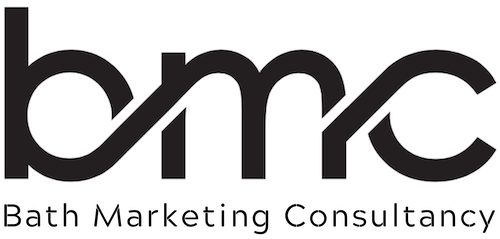Most small business owners know how important it is to have a business plan as a plan outlines your company’s course for success. However, one crucial element of that plan which is sometimes missing or hidden is the marketing strategy.
Marketing strategy can quite often be buried within the larger business plan and, as such, many small business owners may not give marketing the time, research and attention it deserves, assuming that they know their customer base and how to reach them. But an in-depth and detailed approach to laying out your marketing strategy can reveal opportunities from a new audience or potential product line, pitfalls in pricing, competition reaction, and potential reach.
In my previous post, I outlined 4 core tasks to consider when developing a marketing plan, but you need to figure out how you are going to reach that target customer. You need to identify a suspect, turn them into a prospect and then a client and quite often, your marketing strategy can just be to “sell” a meeting.
Anyway, aside from the 4 core tasks I touched on in June, there is also traditional print and broadcast media, but there are also two tech-driven marketing channels that many of today’s business owners utilise and hence, should be considered.
Social media
Social media has become an essential part of businesses’ marketing plans because every type of customer is on some type of platform, such as Facebook, Twitter, Google+, LinkedIn and other networks. Small business owners can feel overwhelmed at the possibilities but should focus on the ones that can benefit them the most.
Brett Farmiloe, founder of internet marketing company Markitors, advised companies that are
just getting started in social media to get to know their customers and what platforms they are using.
“Figure out where your customers are spending their time, and set up shop on those platforms,” Farmiloe told Business News Daily. “Develop a content strategy that can be executed internally, [and then] execute your strategy by posting branded content on your selected platforms. While all three steps are key, the biggest one is really determining if your customers are on these platforms.”
Email
Though email marketing may not be a new concept like social media marketing, it is an effective and popular choice for many small business owners. In fact, recent statistics show that 89% of millennial customers STILL prefer email as a communication route.
Companies can implement email-marketing techniques in a number of ways, including using newsletters, promotional campaigns and transactional emails. Companies such as MailChimp and Constant Contact make it easy for companies to manage their email campaigns.
With so many marketing routes to market, you’ll have to decipher the best ones to use via testing, but don’t discount anything until you’ve tried it and make sure that these routes are part of the larger marketing plan.




